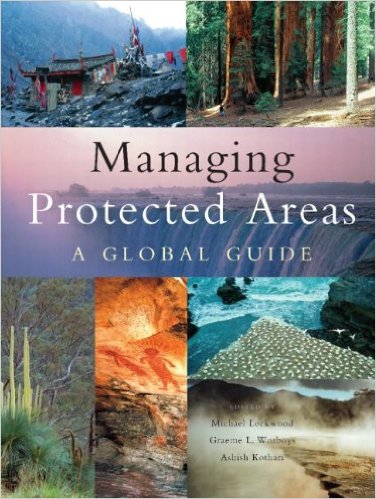
Most of us try to plan the day ahead and perhaps for longer periods into the future. We desire certain things for ourselves and families, and plan to address those needs and outcomes. Private businesses plan ahead to achieve desirable profits and losses. Militaries develop various contingency plans for certain scenarios. Public agencies and private organisations plan for emergencies and evacuations. Urban planning has been around for a long time, making plans for how a city should use space, resources and so forth. So, planning in various forms is something individuals and societies do for their well-being.
However, management plans for protected areas, even those in developed countries such as the USA, are a rather recent phenomenon. Indeed, many protected areas in the USA are only now going through a management planning phase. Protected areas established over 100 years ago now see their first management plans. Prior to modern day planning, natural resource or land management agencies and their managers of protected areas did what they pleased with little or no public oversight. Moreover, legislation requiring management plans was sorely lacking. This arrangement led to uneven, often damaging, policies, objectives, standards and guidelines in the USA’s vast protected area system. By the 1970s the public began to take notice, and ecological science was also beginning to weigh into the management of public lands.
New legislation mandated management plans. Developing, finalizing and following management plans became institutionalised. Plans have to meet certain criteria and the public has a right to contribute to the planning process and challenge decisions. Agencies and their protected area managers are bound to follow the plans. Plans can and should be changed or amended when needed, but there must be a compelling reason and a deliberative process must be followed.
Management planning for protected areas became an entire field of study and action. Books and journals are devoted to the subject. Some are listed on the PIPAP.
So, whether you are Pacific Islander or from somewhere else, welcome to the world of protected area management planning.
A useful volume on management planning is:
M. Lockwood, G.L. Worboys, and A. Kothari, eds. Managing protected areas: a global guide. Earthscan, London.
The book is 800 pages and an electronic version is available for a price.














